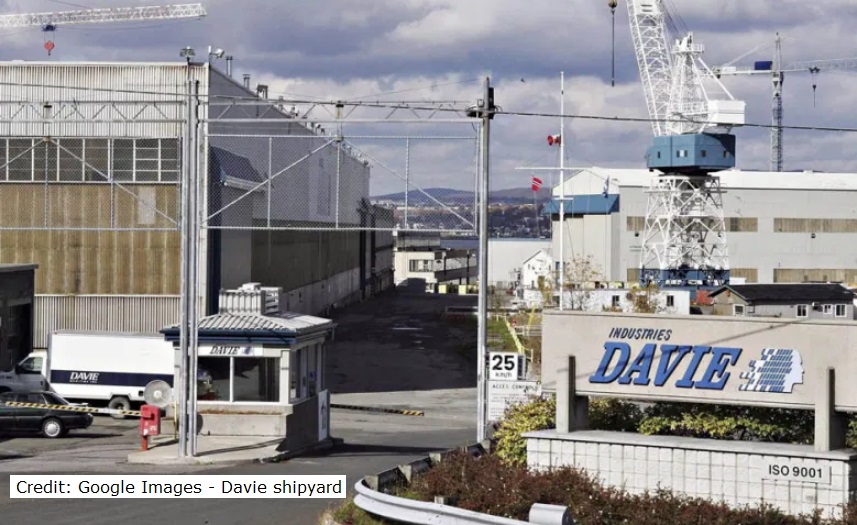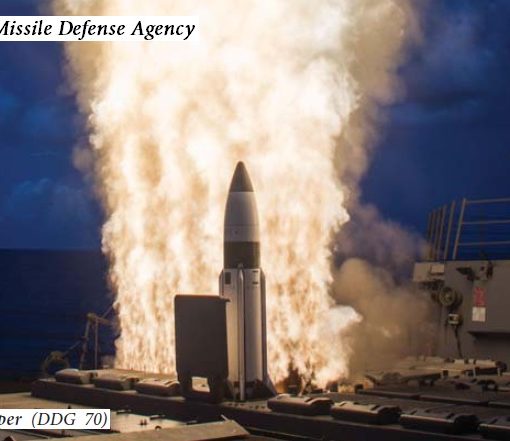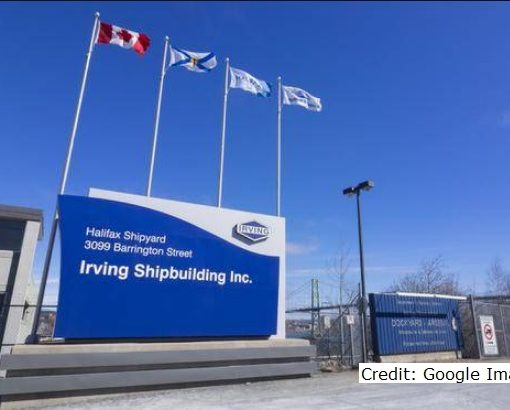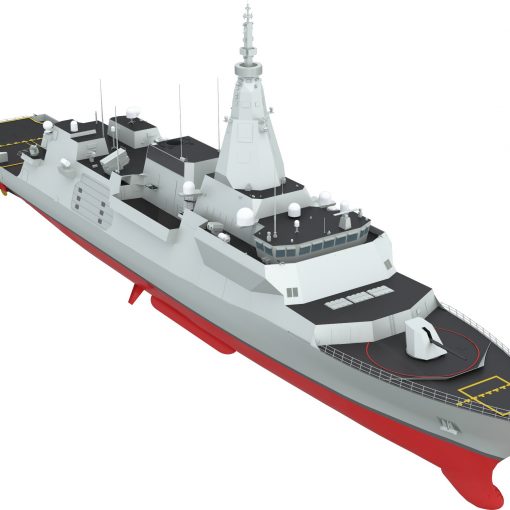Procrustes, 08 June 2020.
This is further to my earlier post about NSS contracts. An early unpublished, but apparently widely circulated, 2015 Price Waterhouse Cooper study concluded that these types of contracts create ‘perverse incentives’ for shipbuilders to drive up their labour costs to maximize their profits. It is worth quoting the government’s Executive Summary of this study at length:
The main issues were related to the Supply Manual’s basis for the calculation of profit rate, which is seen as rigid and over-prescriptive in content (and application). In particular, the ranges of profit rate identified are not tied to any market information (as they are in the United Kingdom) and are seen as arbitrary. In addition, the mechanism is not sophisticated enough to recognize and reward commercial and technical risk transfer, where this would be an advantage for the Government. As a result, industry essentially ‘games’ the guidance provided (which is understandable) and is not incentivized to invest in value and lower prices. The contractual forms available link profit and cost and therefore, industry is actually incentivized to increase costs, in some cases. The guidance does not mitigate this through incentivization, painshare/gainshare mechanisms or through the use of technical validation of cost estimates and incurred costs. Technical validation of solutions does not generally involve military industrial specialists who can price the Government’s specification, like industry would, identify a ‘should cost’ of variations proposed by bidders and evaluate the effectiveness of supply chain arrangements. As a result, Canada is relying on the bidders to provide the costs and technical input, without impartial scrutiny.[1]
Nevertheless, there appears to be little evidence that Ottawa has modified its original contracting procedures in any substantive way. Even the Shipbuilding Association of Canada and one shipbuilder, Davie, have declared that the existing NSS contracts pay scant regard to holding down costs.[2]
CRIF contracts can work well, provided they are not competing with other incentives which might skew contractor behaviour.[3] In the case of AOPS, there is just such an alternate incentive in the form of the loan agreement between Irving and the Nova Scotia government. In simple terms, this agreement requires Irving to maintain a full-time equivalent workforce of 4,000 over the duration of the agreement. In short, the loan deal creates an incentive for Irving to maintain a certain level of labour costs that ISI might otherwise have reduced as the shipyard becomes more efficient.[4]
The cone of silence concerning the NSS profit system hardly seems to correspond to an open and transparent procurement process. It is difficult to believe shipbuilder representatives who imply that they were trying to save the government from a bad deal had they negotiated a fixed price contract with a very large contingency fund to cover risks.[5] To state the obvious, for shipbuilders, charitable concern for government waste is not their business, but profits are.
Given the investments involved and the inherently high-risk nature of the industry, shipbuilders are certainly entitled to fair profits. On the other hand, Canadians whose taxes pay for these profits are equally entitled to know how much they are paying for what could be very substantial sums. So, if Canadian taxpayers have a right to know about these contract arrangements, then why does a cloak of secrecy appear to surround these NSS contracts? A few reasons stand out.
First, Canada’s defence procurement has garnered a poor reputation generally, and this has spilled over into the area of fixed-cost-plus contracts which are not performance based. Second, in the context of the NSS, they invite invidious comparisons with the simple, fixed-price contract (with performance penalties) used by Chantier Davie on the MV Asterix supply ship contract. The clear success of this stop-gap program has led Davie officials to crow publicly and loudly about the comparative failure of its shipbuilding rivals under the NSS contracting system.[6] Third, any talk about the unseemly matter of profits unmasks shipbuilders for what they truly are. Not altruistic souls creating jobs for the masses, but profit-maximizing businesses. Finally, and perhaps most relevant of all, are the jaw-dropping potential profits that stand to be realized from the CSC project, the largest Canadian defence procurement ever. The math speaks for itself: a 15% profit on a potential $70-$100 billion CSC contract is a tidy $10.5-$15 billion.
The NSS contract arrangements would seem to be a good deal for Canada’s major shipbuilders. Whether the same can be said for Canadian taxpayers remains to be seen.
References:
- Public Works and Government Services Canada, “Executive summary of the review of Canada’s contract cost principles and profit policy” (last updated 13 November 2019).
- See, Peter Cairns, “Canadian Shipbuilders welcome review and reform of the National Shipbuilding Procurement Strategy,” 17 February 2016; and Alex Vicefield quoted in Terry Milewski, “Davie shipyard boss calls Canada’s national shipbuilding strategy ‘bizarre,’” CBC News, 17 March 2016.
- LCdr Kathleen McCoy, “Design and Analysis of US Navy Shipbuilding Contract Architecture,” p. 88.
- For the actual details of Irving’s loan agreement with the government of Nova Scotia, see, http://www.taxpayer.com/media/Final%20Irving%20Deal%20Docs.pdf.
- See the testimony of Kevin McCoy, President, Irving Shipbuilding Inc., Standing Senate Committee on National Finance, Issue 90, 20 March 2019, p. 32.
- See especially the testimony of James Davies, President, Davie Shipbuilding Inc., Standing Senate Committee on National Finance, Issue 90, 20 March 2019.





